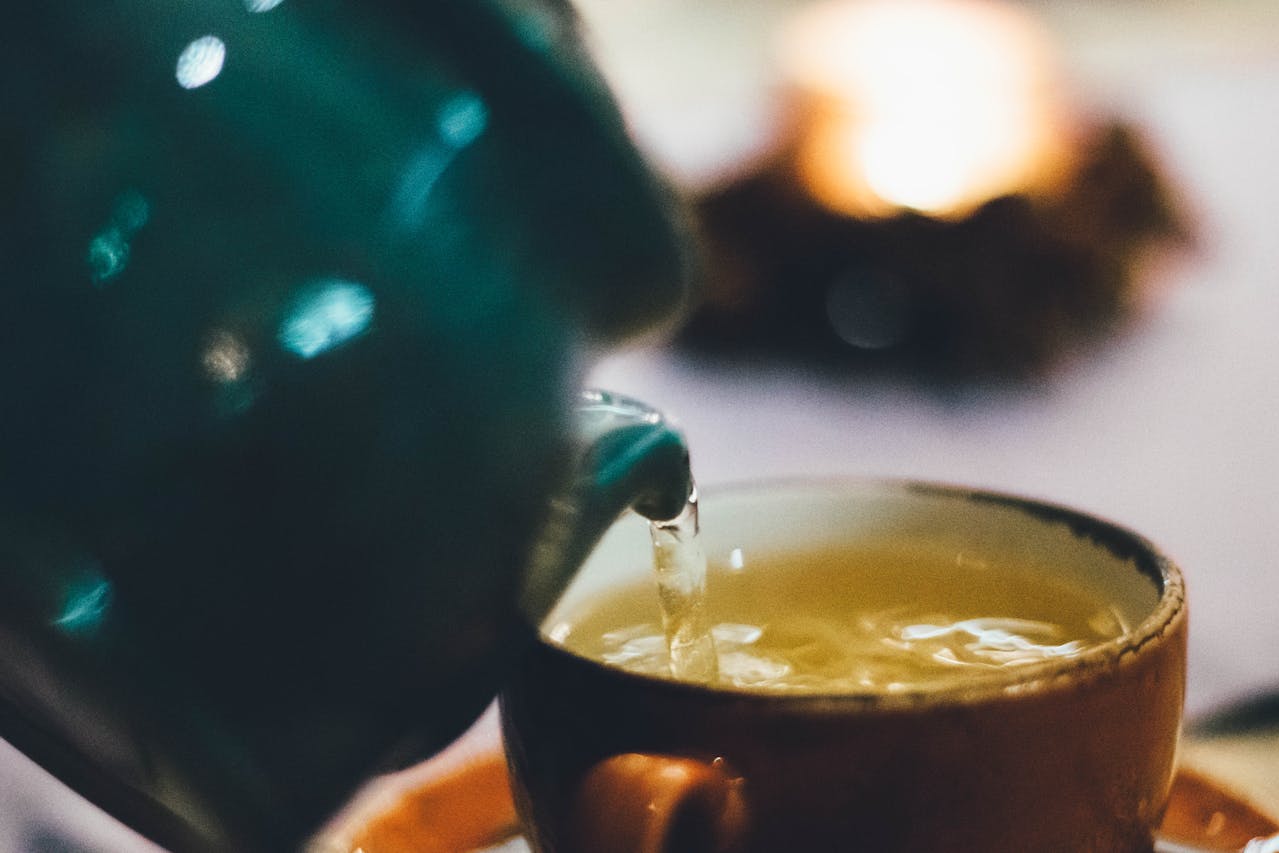Chinese tea is a rich and diverse beverage that has been an integral part of Chinese culture for centuries. With a history dating back thousands of years, Chinese tea has evolved into a wide array of varieties, each with its unique flavors, aromas, and cultural significance. In this comprehensive exploration, we will delve into the types of Chinese tea, examining the major categories and some notable subtypes within each.
1. Green Tea:
Green tea, known as “lu cha” in Chinese, is one of the most popular and widely consumed types of tea in China. It is renowned for its fresh and delicate flavor, a result of minimal oxidation during processing. The leaves are typically pan-fired or steamed to halt oxidation, preserving the natural green color and imparting a grassy or vegetal taste. Varieties of green tea include:
a. Longjing (Dragon Well):
Hailing from Hangzhou, Longjing tea is characterized by its flat, smooth leaves and a sweet, chestnut-like flavor. It is often regarded as one of China’s finest green teas.
b. Bi Luo Chun:
Grown near Dongting Lake, Bi Luo Chun is a green tea with small, curly leaves. It has a fruity and floral aroma, and the taste is often described as brisk and refreshing.
c. Huangshan Maofeng:
Originating from the Yellow Mountain region, Huangshan Maofeng features slender, fuzzy leaves. Its flavor profile is sweet and mellow, with a hint of chestnut.
2. Black Tea:
Known as “hong cha,” black tea is fully oxidized, resulting in a darker color and a robust flavor profile. Chinese black teas are diverse and offer a range of tastes from malty and sweet to smoky and fruity. Notable varieties include:
a. Keemun:
Produced in Qimen County, Keemun tea has a winey and fruity character with a subtle floral aroma. It is often used in English Breakfast blends.
b. Dian Hong (Yunnan Black):
Originating from Yunnan province, Dian Hong is known for its golden buds and a rich, malty taste. It is a favorite among black tea enthusiasts.
c. Lapsang Souchong:
Hailing from the Wuyi Mountains, Lapsang Souchong is famous for its smoky flavor. The leaves are traditionally dried over pine wood fires, imparting a distinctive taste.
3. Oolong Tea:
Oolong tea, or “wu long cha,” occupies a middle ground between green and black tea in terms of oxidation. It offers a wide spectrum of flavors, often characterized by a balance of floral, fruity, and roasted notes. Some prominent oolong teas include:
a. Tie Guan Yin:
Known as Iron Goddess of Mercy, Tie Guan Yin is a famous oolong from Fujian province. It has a floral aroma, a creamy texture, and a lingering sweetness.
b. Da Hong Pao (Big Red Robe):
Cultivated in the Wuyi Mountains, Da Hong Pao is a heavily oxidized oolong with a complex flavor profile featuring notes of mineral, fruit, and a roasted finish.
c. Phoenix Dan Cong:
Grown in the Phoenix Mountain area, Dan Cong oolongs are known for their single-origin, aromatic profiles. Each variety is named after the specific aroma it imparts, such as orchid or almond.
4. White Tea:
White tea, or “bai cha,” is the least processed among all tea types. It involves minimal oxidation and retains the natural appearance of the tea leaves. White teas are known for their subtle flavors and delicate aromas. Notable white teas include:
a. Silver Needle:
Comprising only the buds, Silver Needle is a prized white tea with a light and sweet flavor. It is known for its silver-white hairs on the buds.
b. Bai Mu Dan (White Peony):
This white tea includes both buds and leaves, resulting in a slightly fuller flavor compared to Silver Needle. Bai Mu Dan often has a fruity and floral character.
c. Shou Mei:
Made from larger, more mature leaves, Shou Mei has a bolder taste compared to other white teas. It can exhibit earthy, woody, or nutty notes.
5. Dark Tea (Hei Cha):
Dark tea, often fermented or aged, falls under the category of hei cha. The fermentation process gives these teas a unique flavor and often contributes to their medicinal properties. Notable types of dark tea include:
a. Pu-erh:
Pu-erh tea, from Yunnan province, is renowned for its post-fermentation process, which can last for years or even decades. It comes in two forms: raw (sheng) and ripe (shou). Pu-erh offers a complex and earthy flavor with hints of sweetness.
b. Liu Bao:
Liu Bao tea, produced in Guangxi province, undergoes a process of fermentation and aging. It has a mellow and earthy taste, often compared to aged Pu-erh.
6. Yellow Tea:
Yellow tea, or “huang cha,” is a rare and delicate type with a processing method similar to green tea, but with an additional step called “sealed yellowing.” This imparts a mellower flavor compared to green tea. Huangshan Maofeng, mentioned earlier as a green tea, is sometimes categorized as a yellow tea.
Conclusion:
Chinese tea is a treasure trove of flavors, aromas, and cultural significance. From the light and refreshing green teas to the robust and malty black teas, the nuanced oolongs, delicate white teas, complex dark teas, and the rare yellow teas, the world of Chinese tea is a diverse landscape that caters to a wide range of preferences.
Each type of tea not only reflects the geography and climate of its origin but also carries with it centuries of tradition and craftsmanship, making Chinese tea a fascinating and ever-evolving aspect of Chinese culture and heritage.
